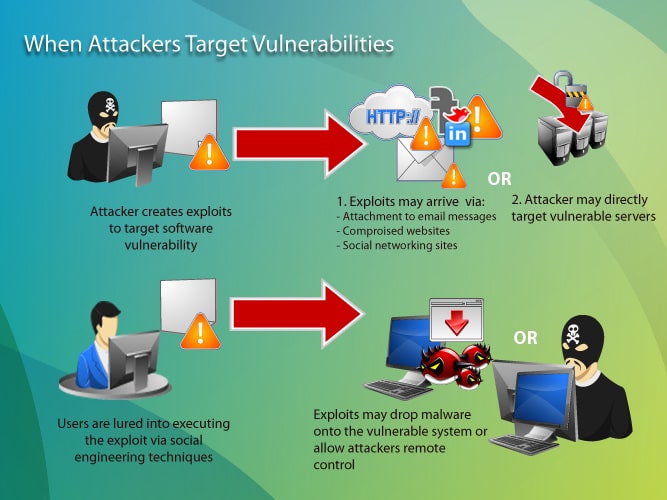Malvertising is a type of malware that exploits existing software vulnerabilities to gain access to your personal information. It can bypass some ad blockers and trick you into providing personal information. However, the best way to avoid being victimized by this form of malware is to be vigilant about what you click on.
Malvertising Is A Form Of Malware
Malvertising is a type of malware that uses online advertising to spread malicious code. These advertisements divert users to malicious websites and can also steal personal information from users.

Instead different kind of email finder tools can be used. Cybercriminals often insert these ads into legitimate ad networks. This way, they can infect computers and devices without the users even clicking on the advertisements.
Malvertising has been around for years, but recently it has become a major problem. It was first documented in 2007 when an Adobe Flash ad campaign targeted MySpace users.
The number of malicious advertisements has increased dramatically over the last five years, with an increase of 325% in 2013 alone. It is difficult to prevent malware from spreading in this manner, so it’s important to take action to stop it as soon as possible.
Malvertising is a problem that affects users worldwide every day. It’s a real concern for users and the industry. Malvertising is a pervasive threat, and there is no single solution. The first step is to understand the threat and what makes it dangerous. CleanAD’s behavioral approach to detecting and blocking malware-infected ads offers a unique way to combat the problem.
It Exploits Existing Software Vulnerabilities

Malvertising is the practice of distributing malware through the internet by exploiting existing software vulnerabilities. These flaws are often difficult to detect and are a great way for attackers to target users. While many security patches are issued by vendors, some are not.
Users are always advised to update their operating systems and install security patches to prevent malware from entering their computers. Users should also perform regular virus scans to prevent any malicious software from attacking their computers.
It Can Trick You Into Giving Up Personal Information
Malvertising is a method used by hackers to collect personal information from web users. These ad campaigns work by redirecting users to spoof sites. These sites are designed to mimic legitimate websites, such as the websites of credit card providers and banks.
Malvertising can easily infect computers, so you should be careful about what you click on. Some malvertising is designed to steal personal information, such as credit card information and banking passwords. This is particularly dangerous because hackers can drain your bank account without your knowledge.
It Can Bypass Some Ad-blockers
There are several ways that advertisers can circumvent ad blockers. One is by hard-coding the IP address of their ad server. A computer may block DNS requests to these servers, but the ads may still load from the same server as the main content.
In this case, blocking the IP address of the ad server would be counterproductive because it would prevent the user from seeing useful content. Another way to circumvent an ad blocker is to filter network traffic through an intermediary such as a firewall.

Another method involves whitelisting domains that advertisers use to advertise their products. This process allows advertisers to pay to remove their domains from an advertiser list, ensuring that their ads will no longer be blocked.
However, this process can be cumbersome if there are several devices connected to the same home network. In this case, an ad-blocking proxy can be used. One such proxy is Pi-hole, which runs on the Raspberry Pi.
It Can Trigger An Auto-redirect
Auto-redirects are a common occurrence in malvertising. They can send users to malicious websites or download unwanted software. If you find a redirect on your website, it is crucial to take action to prevent further damage. Fortunately, you can prevent auto-redirects from happening to you by following a few easy steps.
A top-level redirect can be triggered by any action on a web page, including ad engagements, link clicks, or form submissions. This means that your ad revenue can plummet if you’re not careful. You can use ad blockers to prevent forced redirects, but you should not blindly block all ads that come from top-level access.
Redirects also pose a threat to mobile devices. Malvertisers can create fake Google or Apple pages to trick mobile users into thinking they’re on a legitimate site. These fake pages can then force users to download malware or dial a scam number. The fake site can even look more legitimate than it actually is.

